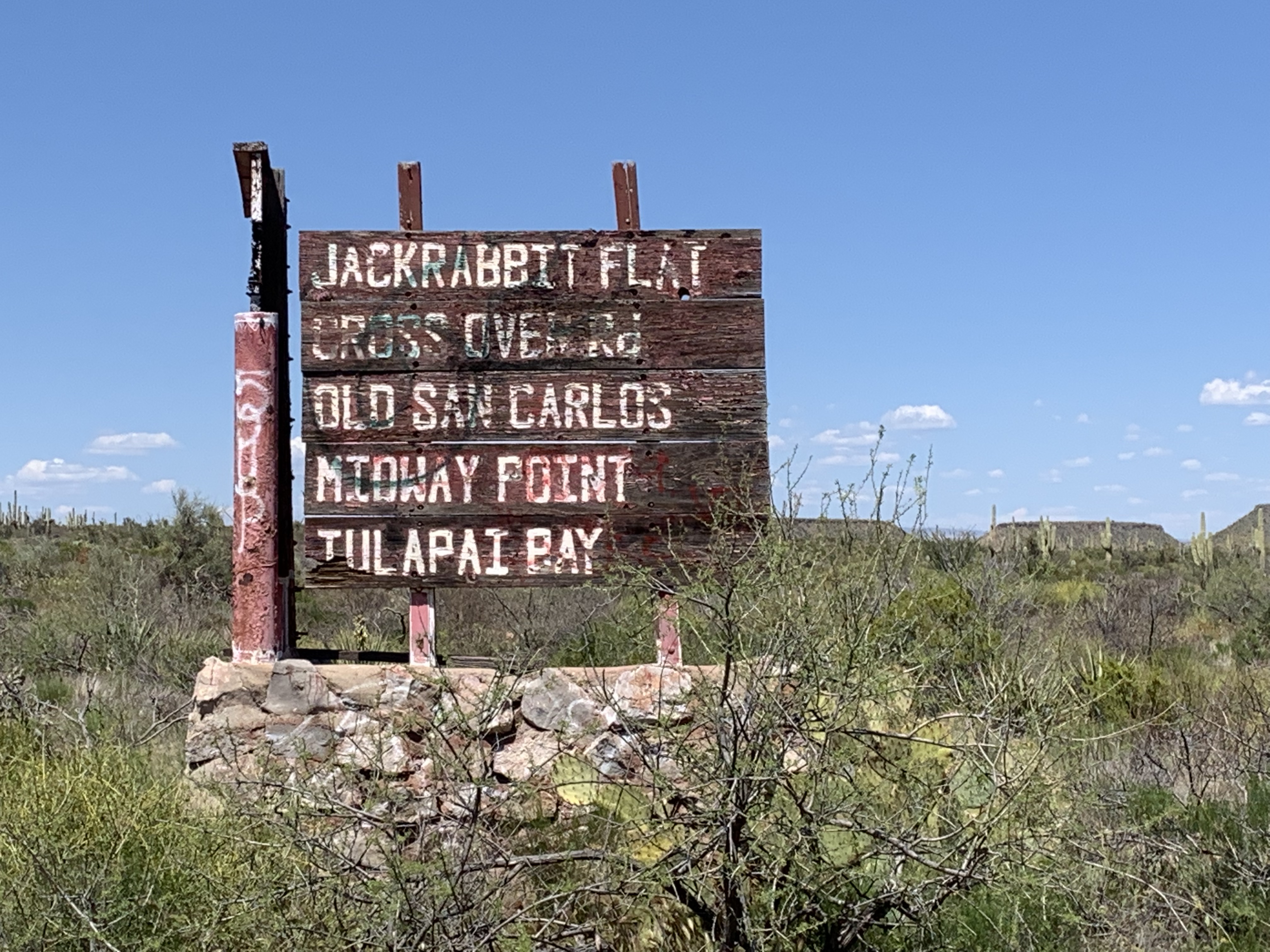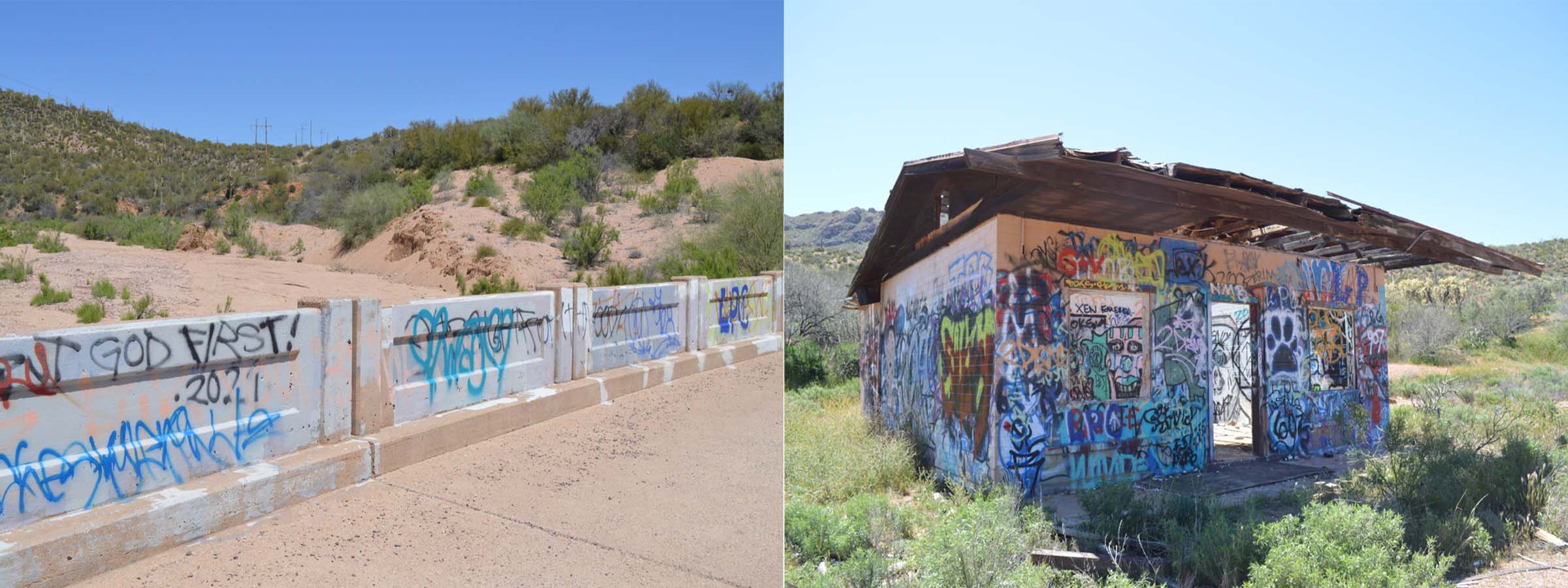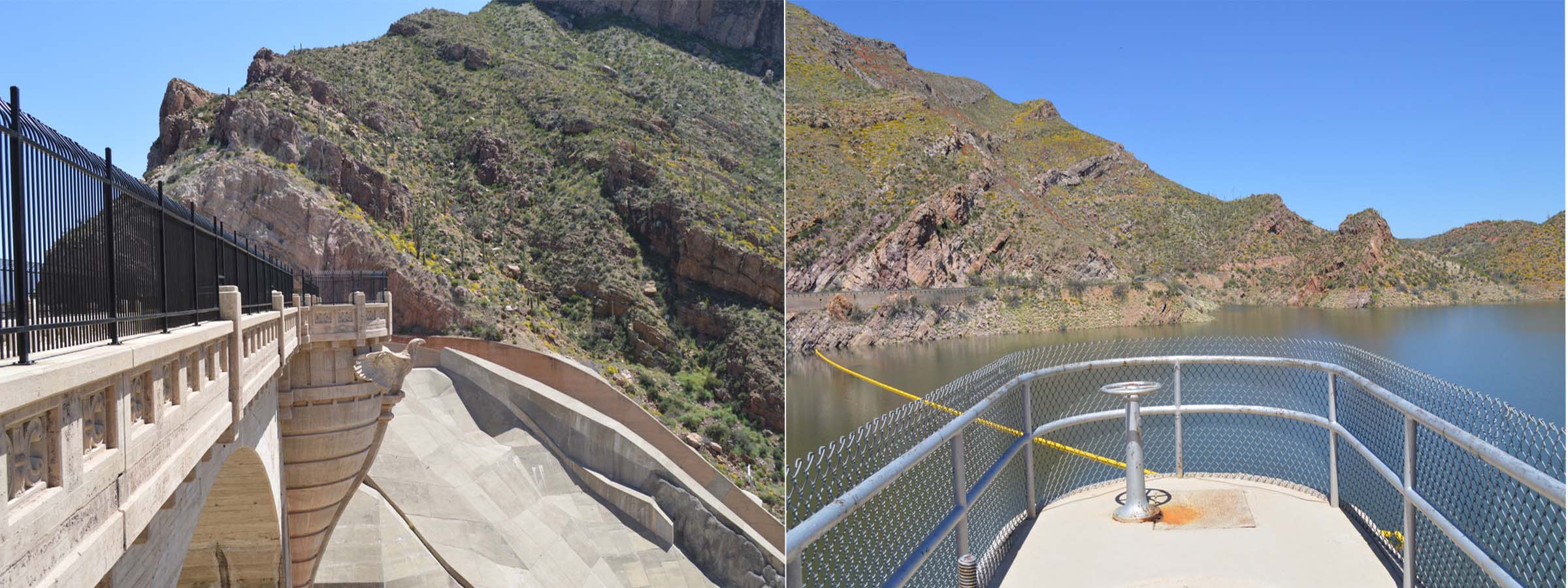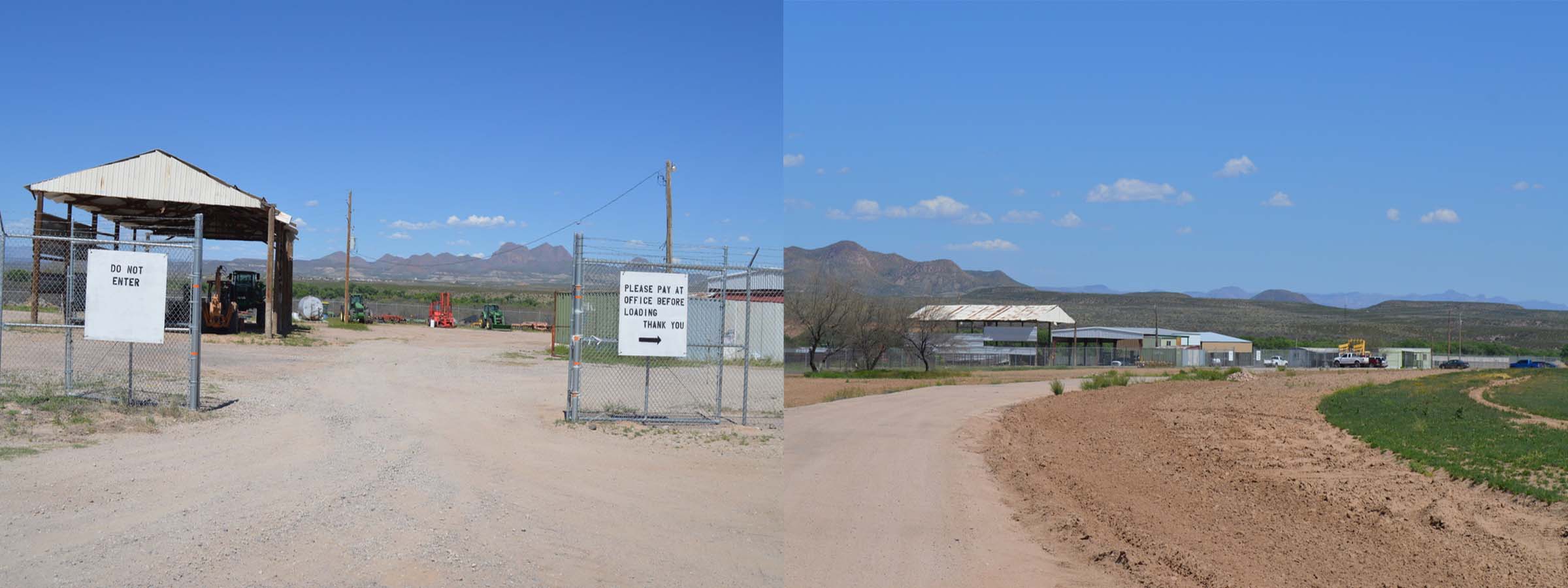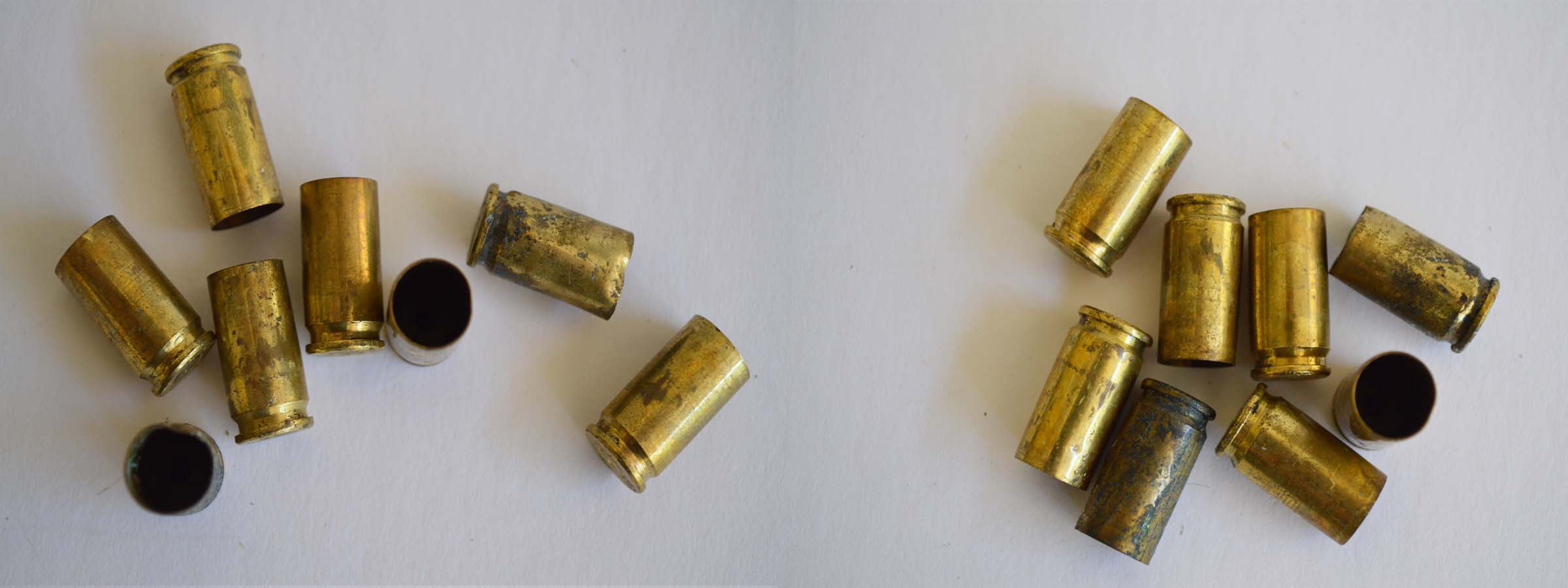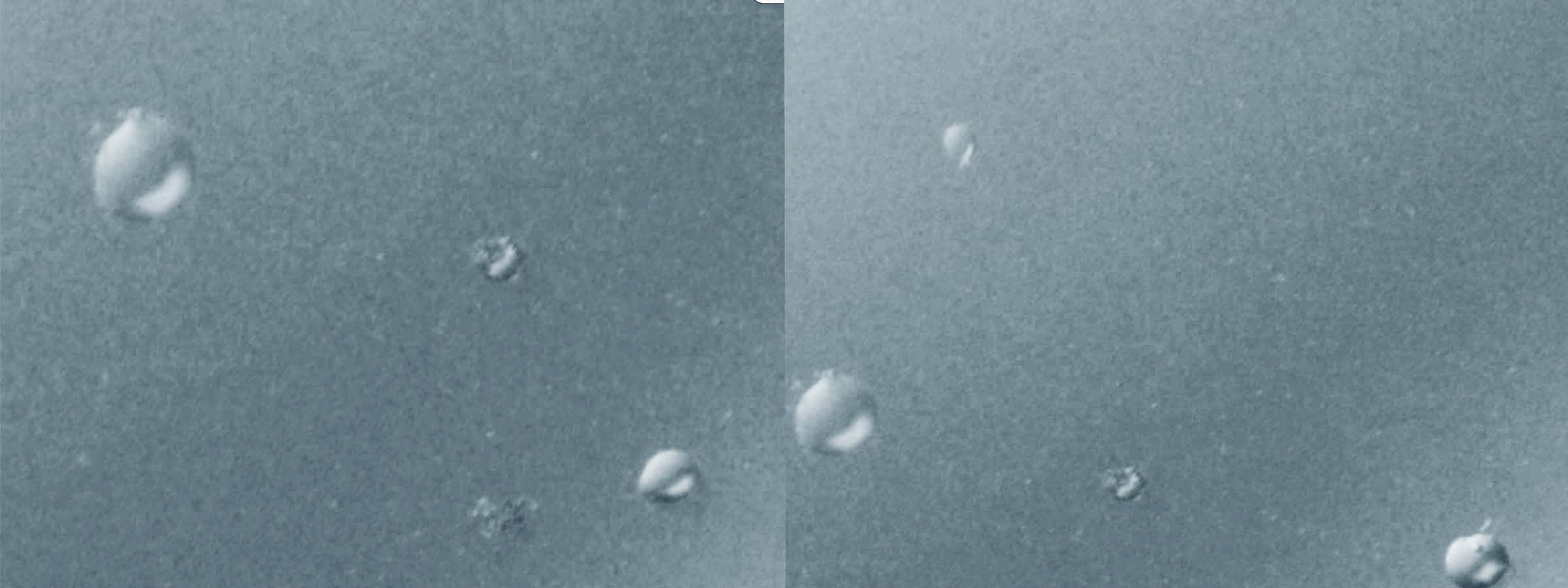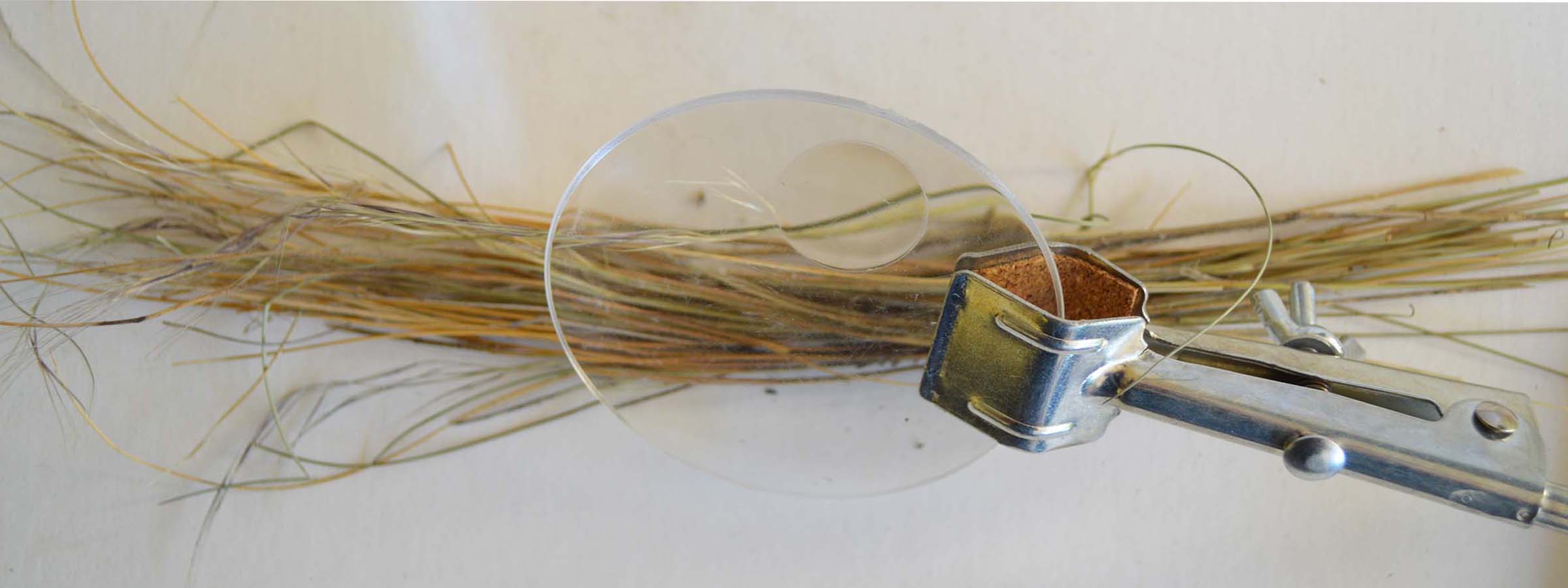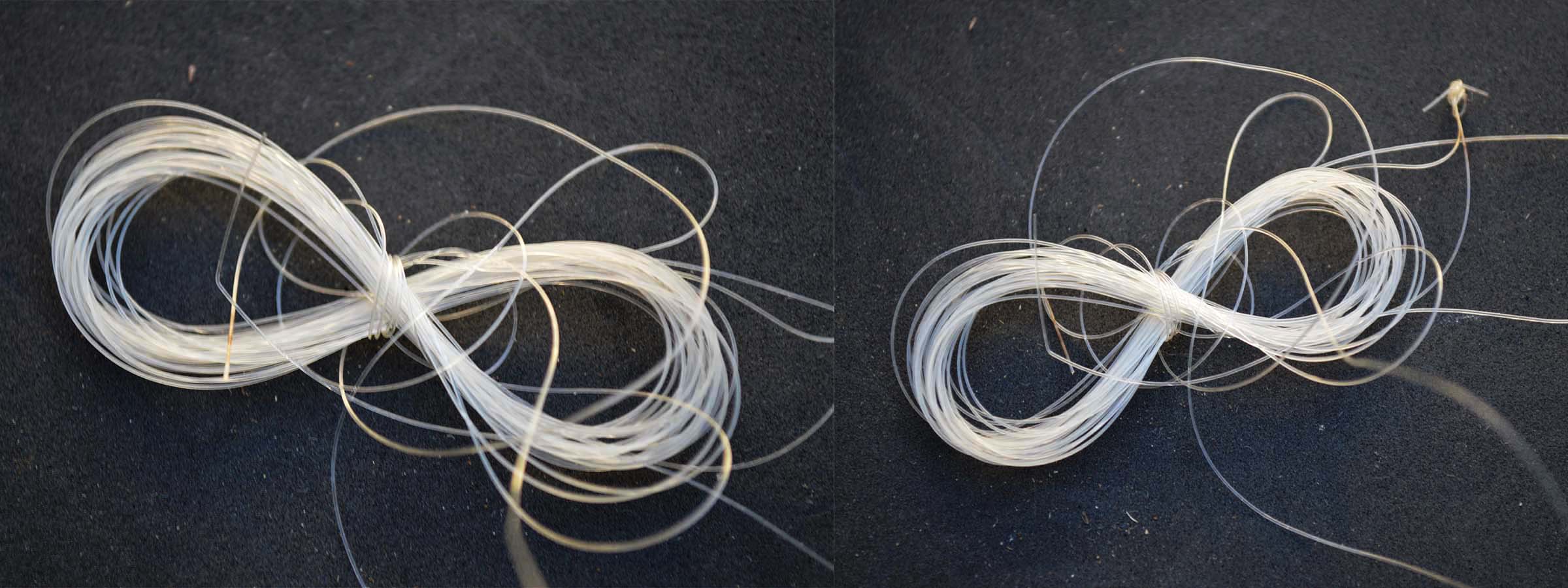San Carlos Reservation
The San Carlos Apache Reservation was established in 1872, spans 3 counties in Arizona, and includes 1.8 million acres of land. Currently there are approximately 10,000 Apache who live there, including 21 member tribes. The reservation was established by the US Government to address Apache raiding of pioneering American and Mexican settlements (the Apache Wars, 1849-1886). By removing them from their homelands and consolidating diverse Apache tribes, the government hoped to end the attacks. Extreme animosity displayed by the US Army, after years of fighting, was exposed by brutal treatment of the Apache, corrupt abuse of funds designated for the reservation, and blatant disregard for tribal custom, culture and languages.
Today, the economy is supported by forestry, tourism, and agriculture. The San Carlos Nation has a successful Chamber of Commerce, operates two successful casinos, a Language Preservation program, a Cultural Center, and a Tribal College. The Elders Cultural Advisory Council identifies the traditional values of self-reliance, respect, and a deep connection with nature, that has defined the resilience of the Apache.
